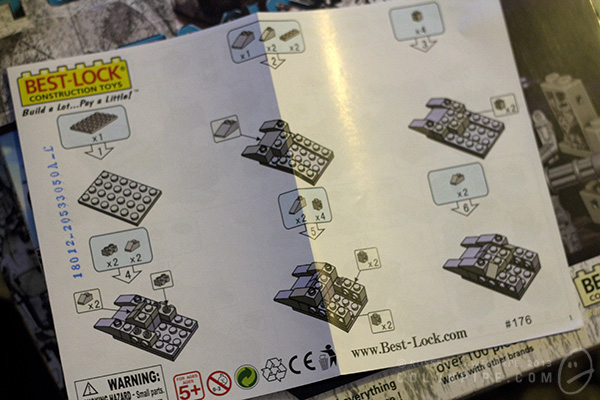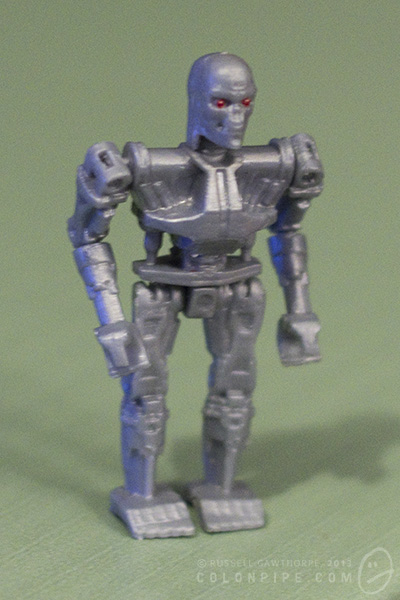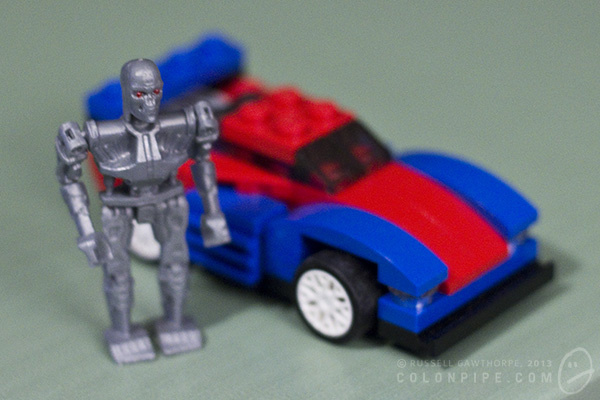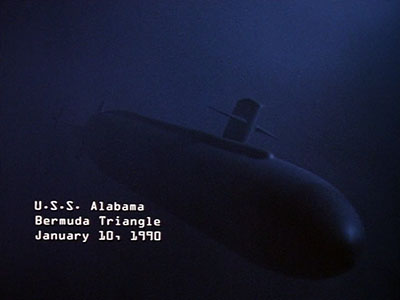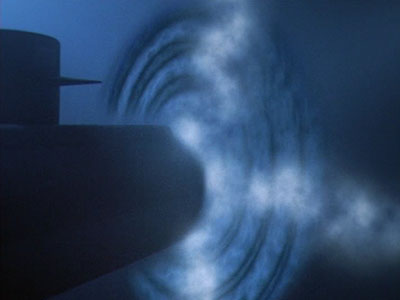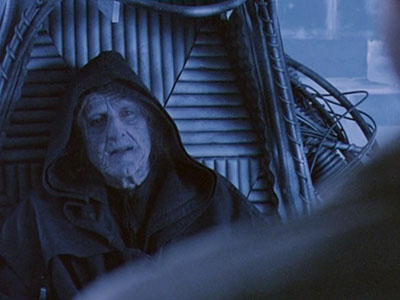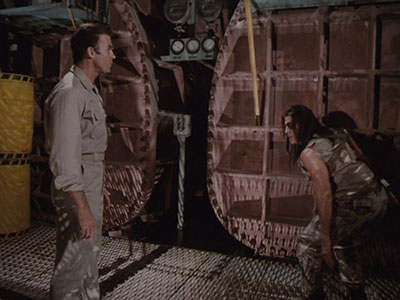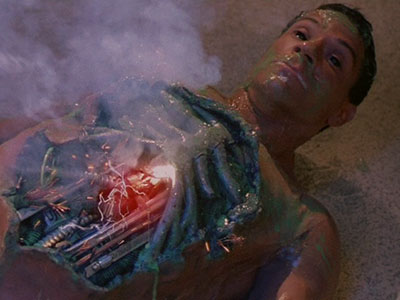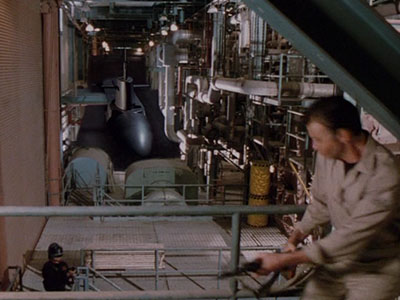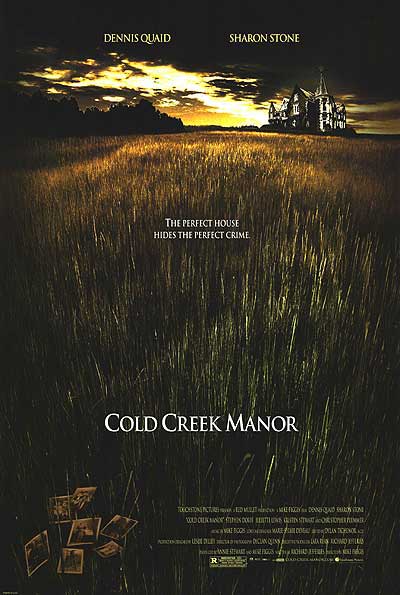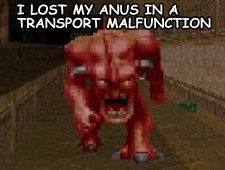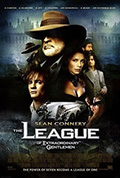Sharktopus: A work of genius
This is going to be a remarkably brief review, but I'm still going to do my best to convey exactly how bad this film is. It's presented by its producer, Roger Corman -- famous for some semi-bad things like Death Race and the 1960s version of Little Shop of Horrors, and a film I've mocked previously, Time Under Fire.
Sharktopus has a fairly loose storyline, governed largely by the instruction to show, as often as possible, a literally unbelievable creature eating as many people as possible.
Eric Roberts (older brother of Julia) "stars" as Sands, the father of Nicole, reluctant creator of the Sharktopus. The creature is a military creation, intended as a tracking device, or at least that's the best I can figure from the film's limited exposition. It's given the code name "S11", by which it's constantly referred to, probably due to the realization that "Sharktopus" is the stupidest word ever coined.
Toss into the mix a Lara Croft knock-off news reporter and her stereotypical Mexican camera man (complete with inconsistent Sharpie tattoos that change from scene to scene), and a few scattered bit parts by terrible actors, and you have the closest thing to a story that Sharktopus has to offer.
I'm going to bullet-point some of the highlights, in no order in particular:
- The majority of the film's intro and establishing shots appear to have been lifted from the holiday home videos of the crew. Every single one features dodgy hand-held camera shake, and several shots dim and brighten under auto exposure. Nice!
- The bulk of the "actors" were clearly hired for their physique, and not their acting talents. With a couple of notable exceptions --
- The bikini-clad young lady with the metal detector who gets dragged down the beach by the Sharktopus may possibly not have been born a woman.
- Roger Corman's daughter makes an appearance as a bungee-jumper. It's worth noting that she was probably not hired for her looks, and definitely was not hired for her acting talents.
- Some of the Shaktopus visual effects are decent, if let down by the ridiculous design of the (ridiculous) creature. Other shots, though, look like they've been rendered out on a Nintendo 64.
- Eric Roberts (Julia's older brother) spends most of the film getting progressively drunk as a means of dealing with the ludicrous situation. I suspect that this may not be acting, and I can imagine Mr. Roberts probably had similar feelings about the ludicrous film he was making. I do hope he was paid well.
- Kerem Bursin spends most of the film confused as to why his shirt keeps disappearing and reappearing, as continuity had clearly taken the day off while his scenes on the boat were filmed.
- The spectators at the inexplicable dance scenario toward the end of the film are apparently totally blind to the shark/octopus hybrid that climbs atop the pavillion until it begins to eat people.
- Almost all of the Jaws-style scenes in which a random beachgoer is killed by the monster are completely disjointed, and really serve no purpose to the storyline (although I'm willing to accept that they are the storyline).
All in all, I don't feel my time was wasted watching it, as it was entertaining for all the wrong reasons, but I'm afraid I can't, in good conscience, recommend it to anyone, as quite frankly it's a stinking pile of bilge, and shouldn't be cast onto the retinas of a human being under any circumstances. That said, I'm sat prepared to watch another Roger Corman entry tonight: Camel Spiders. I can only imagine it'll be awesome.






